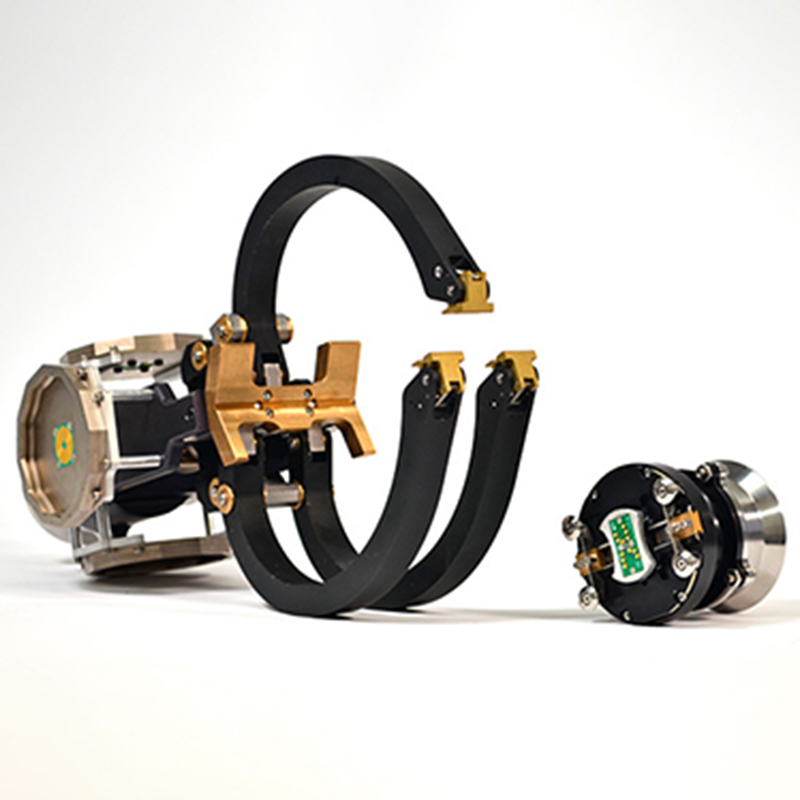
On-Orbit Satellite Servicing Tools

In support of the Defense Advanced Research Projects Agency (DARPA) Robotic Servicing of Geosynchronous Satellites (RSGS) program, Honeybee created two unique flight subsystems. The first, the Universal Gripper Anchor (UGA), can grasp variety of targets on the satellite to be serviced, as well as providing an electromechanical mounting interface for modular nanosatellites. The second, the Satlet Grasper Tool (SGT), is a new end effector for securing and manipulating nanosatellite payloads using the servicing satellite’s dexterous robotic arms.
The Defense Advanced Research Projects Agency (DARPA) Robotic Servicing of Geosynchronous Satellites (RSGS) program aims to demonstrate the feasibility of servicing satellites in geosynchronous Earth orbit (GEO), with the goal of reducing costs and increasing responsiveness. DARPA intends to create dexterous manipulation technology needed for a servicing satellite to rendezvous and manipulate a cooperative spacecraft. Operations could include high-resolution inspection, anomaly correction, cooperative relocation, or installation of technology upgrades.
Honeybee Robotics developed two unique flight subsystems to enable DARPA’s servicing satellite to complete this mission. The first, the Universal Gripper Anchor (UGA), can grasp variety of targets on the satellite to be serviced, with the capability to create a stable, secure platform for nanosatellite “satlet” modules. Satlets may provide functions such as power, communications, or controls. The UGA provides several electromechanical mounts for a variety of modular satlets to dock and communicate.
The second subsystem, the Satlet Grasper Tool (SGT), is a new end effector for securing and manipulating satlets using the servicing satellite’s dexterous robotic arms. The SGT incorporates a patent-pending omnidirectional electromechanical mounting system that provides multiple channels for the satlets to transmit data and power. This SGT interface is designed to be common to all satlet modules.
